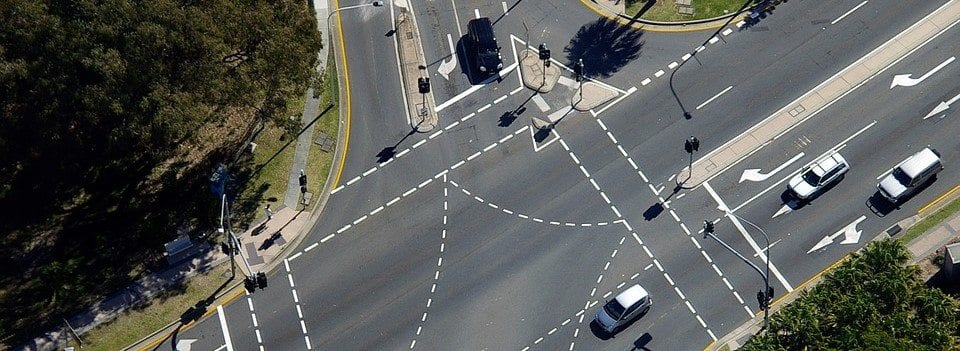
The use of intelligent transport systems, systems designed to enhance and improve transportation and transit through the application of data and communications technology, has slowly but steadily begun to pick up pace throughout the world over the past few years. This is mainly due to advances in wireless and vehicular communications technology that allow data to be collected and shared among vehicles and infrastructure. In particular, the field of vehicular ad hoc networks (VANET’s) is the subject of significant and growing interest due to the maturing of technologies that enable its application within intelligent transportation systems. In this article, we’ll be looking at what VANET’s are as well as how they work and what their applications and benefits are.
What Are Vehicular Ad Hoc Networks?
Vehicle to vehicle (V2V) and vehicle to infrastructure (V2I) communications will also prove vital in the application of intelligent transportation systems as the designing of the smart cities of the future becomes more and more prevalent. In order to truly realize the concepts of both intelligent transportation systems and smart cities, V2V and V2I communications will need to connect vehicles with roadside infrastructure, other vehicles in close proximity, traffic management systems, and roadside information systems while also keeping them updated about the latest weather and traffic conditions and analyzing the data collected for route optimization and other vehicular or roadside functions.
How Do They Work?
Vehicular ad hoc networks are designed to enable Vehicle to vehicle (V2V) and vehicle to infrastructure (V2I) data exchanges and communications in order to improve upon provide further safety, navigation, environmental updates and other roadside services within the intelligent transportation system framework. By sharing roadside, location, speed, heading, positioning, and previous route information, other vehicles are able to use the data received to approximate the position of fellow road users, lanes, or roadside objects and send notifications and alerts to the driver warning them of these or other situations or hazards when necessary.
There are also various government schemes and initiatives focusing on intelligent transportation systems, as well as standards, such as in the US, for example, with the IEEE 1609 wireless access in vehicular environments protocol being designed to provide multi-channel operation and lightweight application layer protocols as well as added security to VANET protocol stacks. Government and state authorities are also initiating multiple growth initiatives for ITS technologies that will also heavily rely on vehicular ad hoc networks in order to function at an optimal and useful standard. Examples of such initiatives would be the US Department of Transportation’s Connected Vehicle Pilot Deployment Program or one of the various integrated corridor management systems that have been deployed.
Benefits and Applications of VANET’s
Due to the ever-increasing sphere of influence of the Internet of Things (IoT) and the rapid progress made within the fields of wireless and mobile communications technologies, vehicle and roadside communication are becoming more and more capable. As these technologies continue to advance, it would seem reasonable to assume that the number of applications for VANET’s within intelligent transportation systems will continue to grow. For example, it is hoped that future highways will be driven by information and data and wireless communications between vehicles and infrastructure will allow road users to discover new commercial or tourism destinations as well as provide real-time, location based information about the area begin traveled through.
Another application for vehicular ad hoc networks is that of predicative alerts. Using data received from vehicles located several places in front, road users could be warned of changing traffic conditions, such as hard breaking or up-coming accident black spots via alerts sent in a manner so as to allow ample time to react. Obstacle reports are another application of VANET’s that would enhance road safety and the use transportation infrastructure by keeping travelers up to date with the latest information on transit obstacles and conditions, thus helping to assist those using transportation networks in making informed and up to date travel choices.
In the future, smart cities may feature automated, driverless vehicles, powered by the data shared between other automated vehicles and transportation architecture and optimized to be as efficient as possible based upon the evaluation of that same data. Vehicular ad hoc networks enable the wireless communications of all required elements within the transportation remit that is laying the foundation for the fully automated intelligent transportation systems of the future.